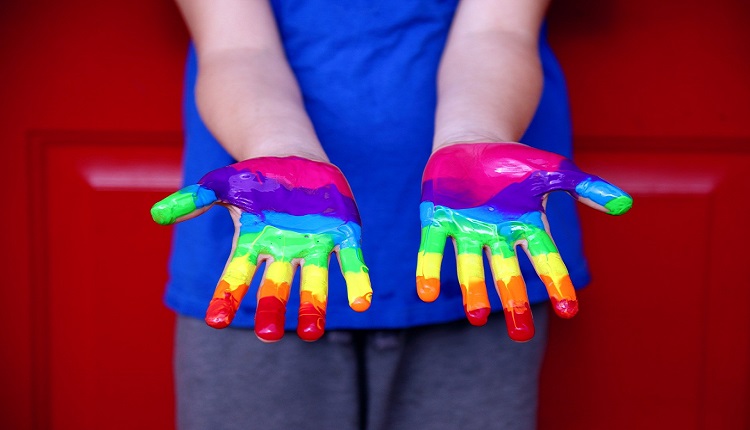
We know autism exists on a spectrum. Gender does as well. And now research is demonstrating that these two spectrums strongly intersect. In the 1990’s, a growing number of children sought care for gender identity concerns and medical professionals realized a large number of autistic individuals among them. Researchers seeking to quantify this phenomenon came up with startling results — gender identity and sexuality are more varied among autistic people than in the general population. Individuals who do not identify with their assigned sex at birth are three to six times more likely to be on the autism spectrum.
What causes the uptick in the number of people who identify as gender diverse also being on the autism spectrum? Researchers speculate that social experiences play a part. Autistic people tend to be less influenced by social norms.They are known to be honest to the point of bluntness and so more likely to present their authentic selves to the world at large. Biological factors are also suspected, though not clearly defined in the general population much less the autistic one. However, a recent Harvard study of transgender identity concludes that gender is certainly not binary and may not even be a linear spectrum, nor is it a “lifestyle choice.” While there is no neatly packaged set of causes, several causes are distinctly biological, as demonstrated in studying the brains of cis gender men and women vs transgender individuals. It would be interesting to see how such a study would play out with gender diverse, autistic subjects.
Whatever the causes of autism and gender diversity, it presents real challenges in the real world. My own son came out as gay to me when he was 12 years old. My heart sank, not in disapproval, but in the knowledge that it would be one more stigmatizing force in his life. Flush with his self-discovery, my son would introduce himself at his new middle school by first saying his name, then pronouncing that he is gay. I tried to coach him that that was personal information, but he believed he would be “lying” if he didn’t tell people. I couldn’t talk him out of it. Naturally, he experienced bullying. As the years went on, he grew a bit more savvy but his life never got easier.
In a high school film class, the teacher wanted students in groups to do an autobiographical short movie. My son wanted to include a gay character. To his face, his classmates told him it was “ground-breaking” and “awesome.” Behind his back, they went to the teacher and told him they were creeped out and afraid “he would make them kiss him.” The teacher stood before the class and stated that there would “be no gay character because it makes people uncomfortable and nobody wants to have to see that anyway.”
My son’s world shattered. He ran screaming from the room and threw himself on the ground outside, kicking and wailing. Police were summoned and surrounded him, closing in. He unwittingly kicked one of them in the knee who got too close. I got a call that he had assaulted a police officer. That was his last day in high school. He dropped out after the teacher said my son had so traumatized him that he was no longer welcome in his class.
I share all this as a thumbnail sketch of why individuals on the autism spectrum require much more help and support in matters of gender. Grappling with these issues only compounds the emotional and social hardships they already endure. The sheer number of autistic individuals facing these horrible types of scenarios is awakening therapists, researchers and allies to the urgent need. Religious approbation must be set aside. Lives are at stake.
The post Autism and Gender Identity first appeared on Autism Key.